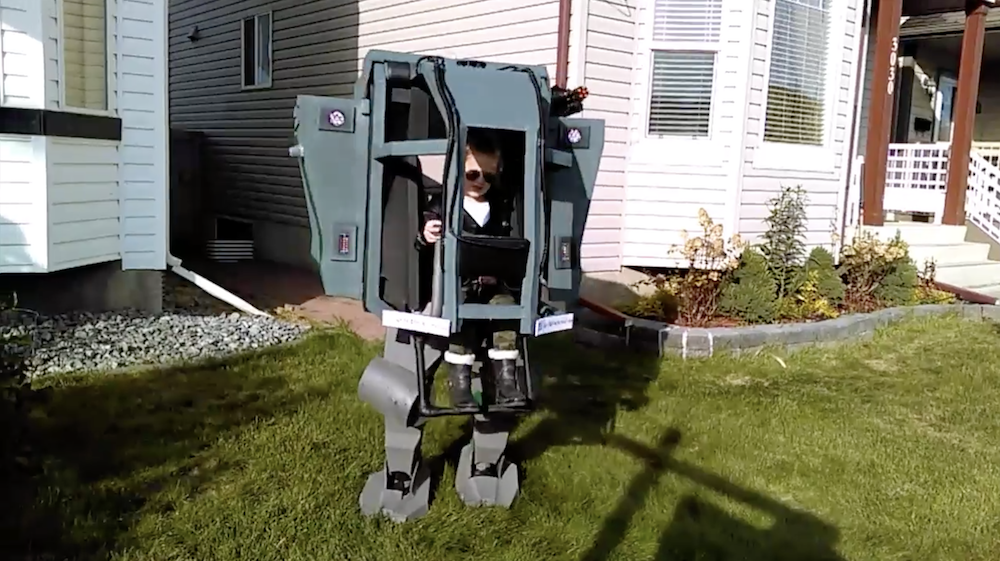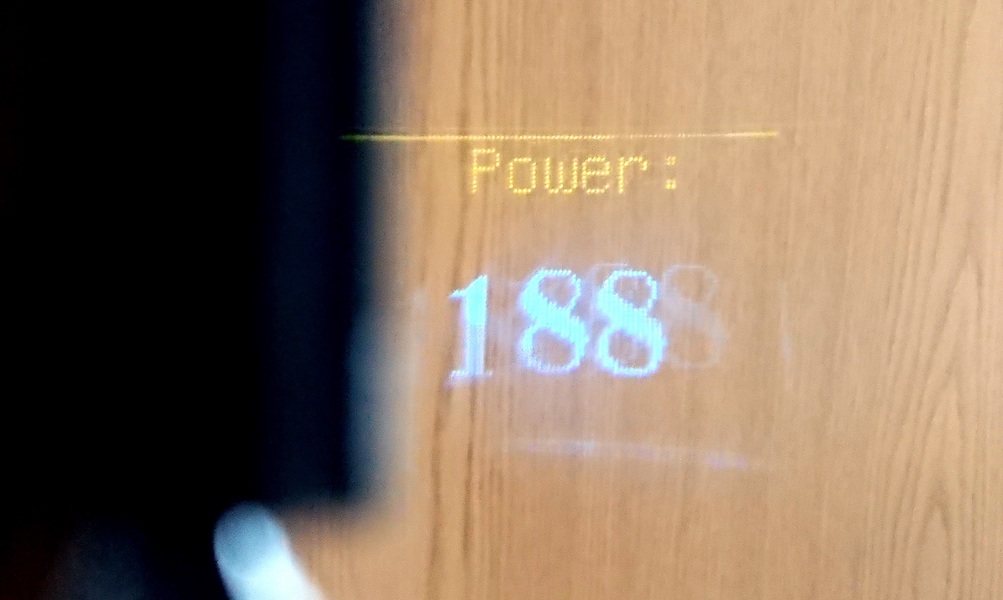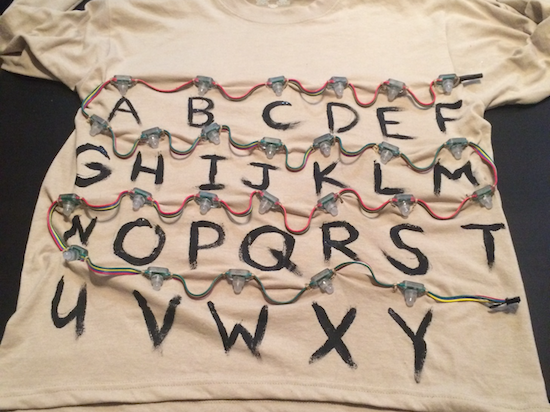01

This year for Halloween, Quint BUILDs wanted to make something special for his daughter’s costume. Quint’s idea was to design and fabricate a pair of mechatronic dragon wings that can mount to a user’s back and move in three different modes by utilizing a set of pneumatic air cylinders.
The prototype began as a single air cylinder connected to a relay that was, in turn, controlled by a single Arduino Micro and button. This way, Quint could finely tune the timings and pressures required for the device. After 3D printing a simple controller, machining a few aluminum plates, and welding it all together into a second prototype, it was time to experiment with programming more complex movements.

Three pneumatic cylinders were used to create a couple axes of motion. First, the larger base cylinder moves a central piston vertically, thus extending and retracting them outwards. Each wing can flap independently through the use of two smaller pistons and linkages. Finally, pressurized air is provided by a compressed CO2 canister. These actuators are each controlled by a dedicated relay module that’s connected to an Arduino Uno.
Whenever one of the three buttons on the controller are pressed, a subroutine for the specified movement is executed. This could include fluttering the wings a couple of times, extending them outwards, and even performing a more complicated flapping motion.
To see how this project was built in more detail, you can check out Quint’s write-up here on Instructables.
The post Scale up your dragon costume with wings that extend, flap and retract appeared first on Arduino Blog.










